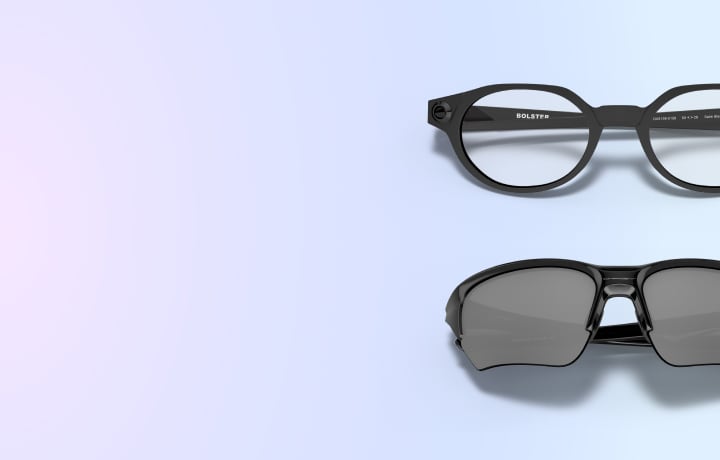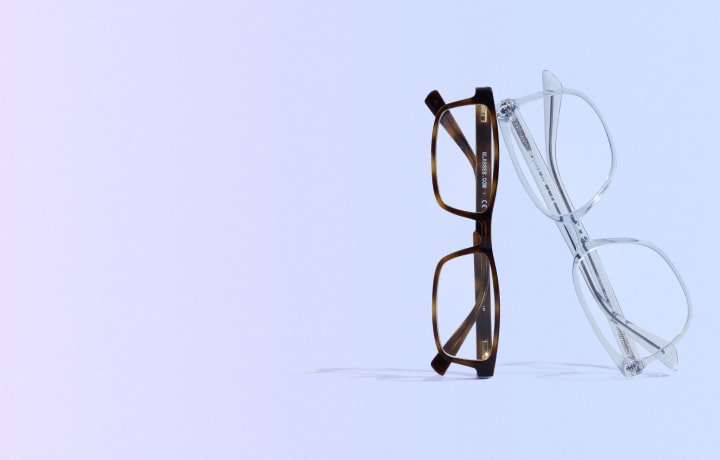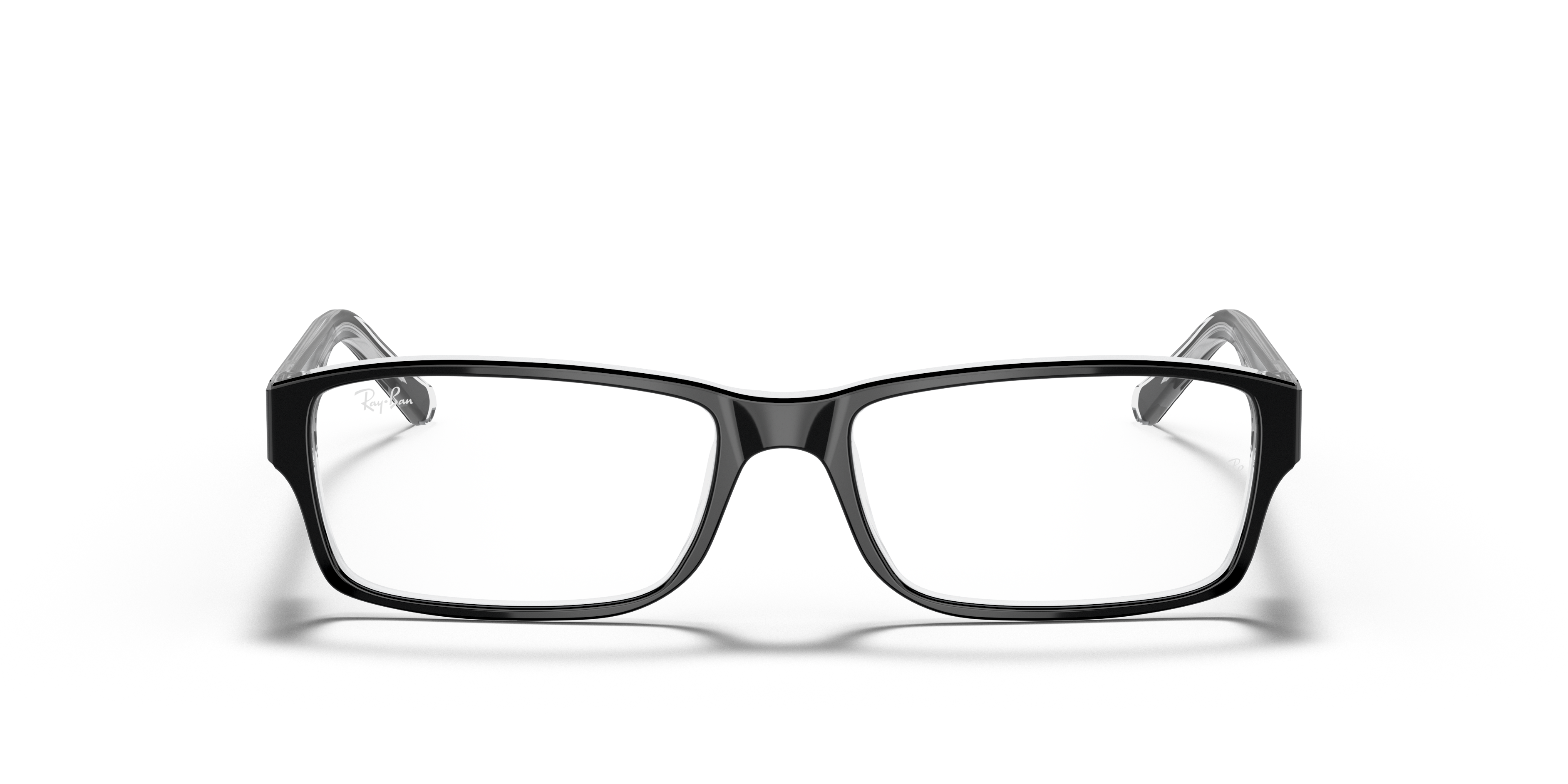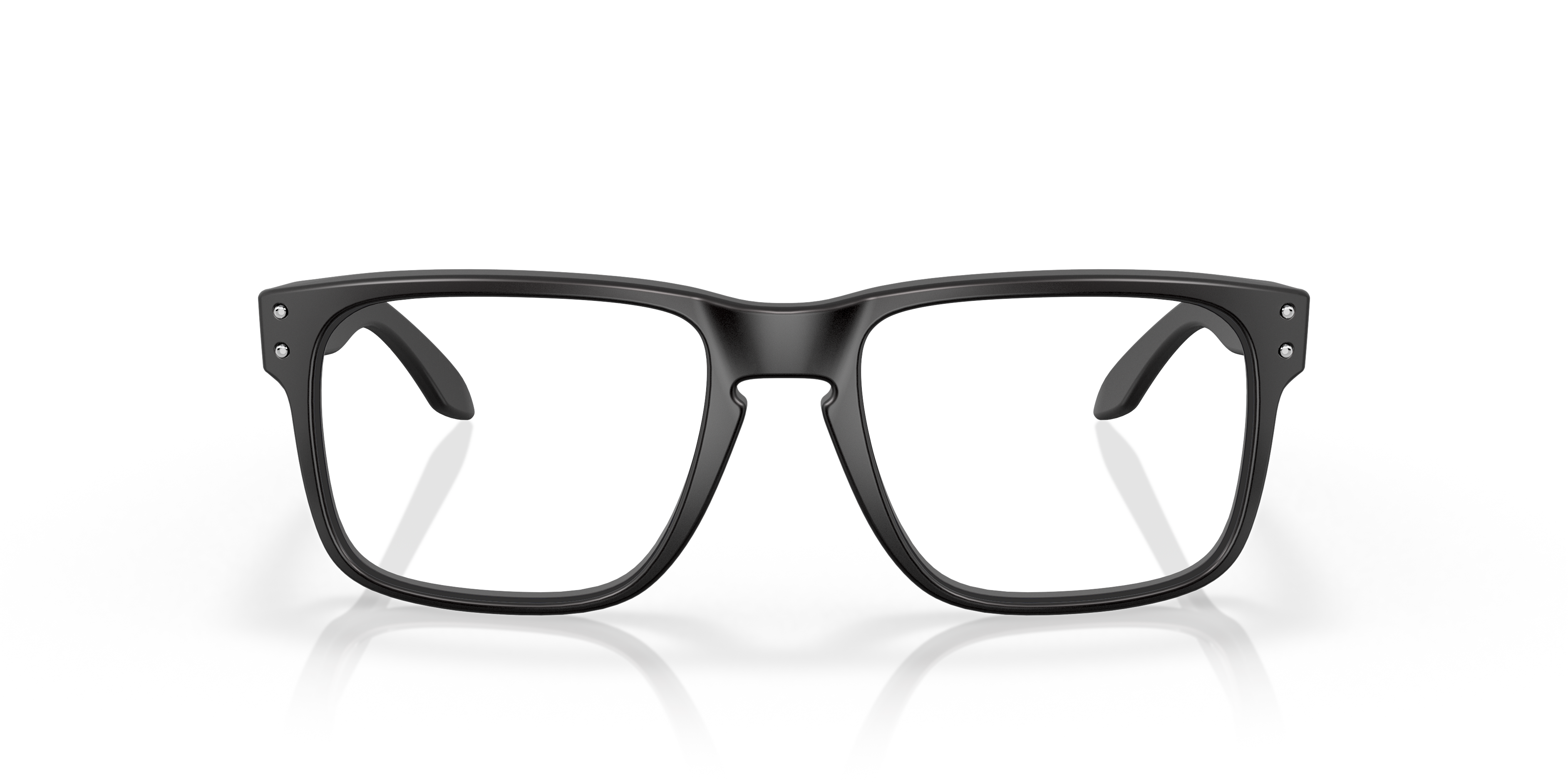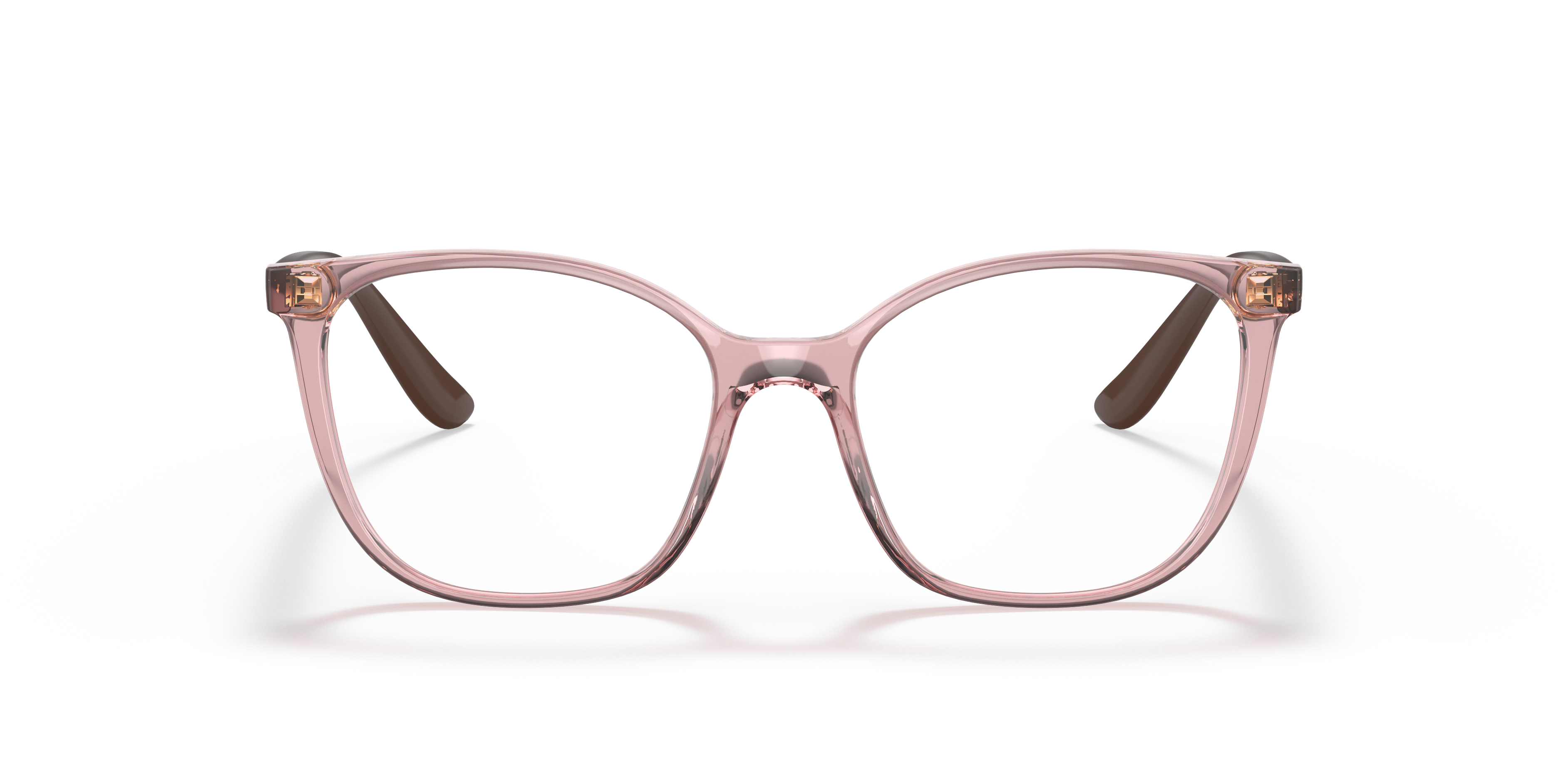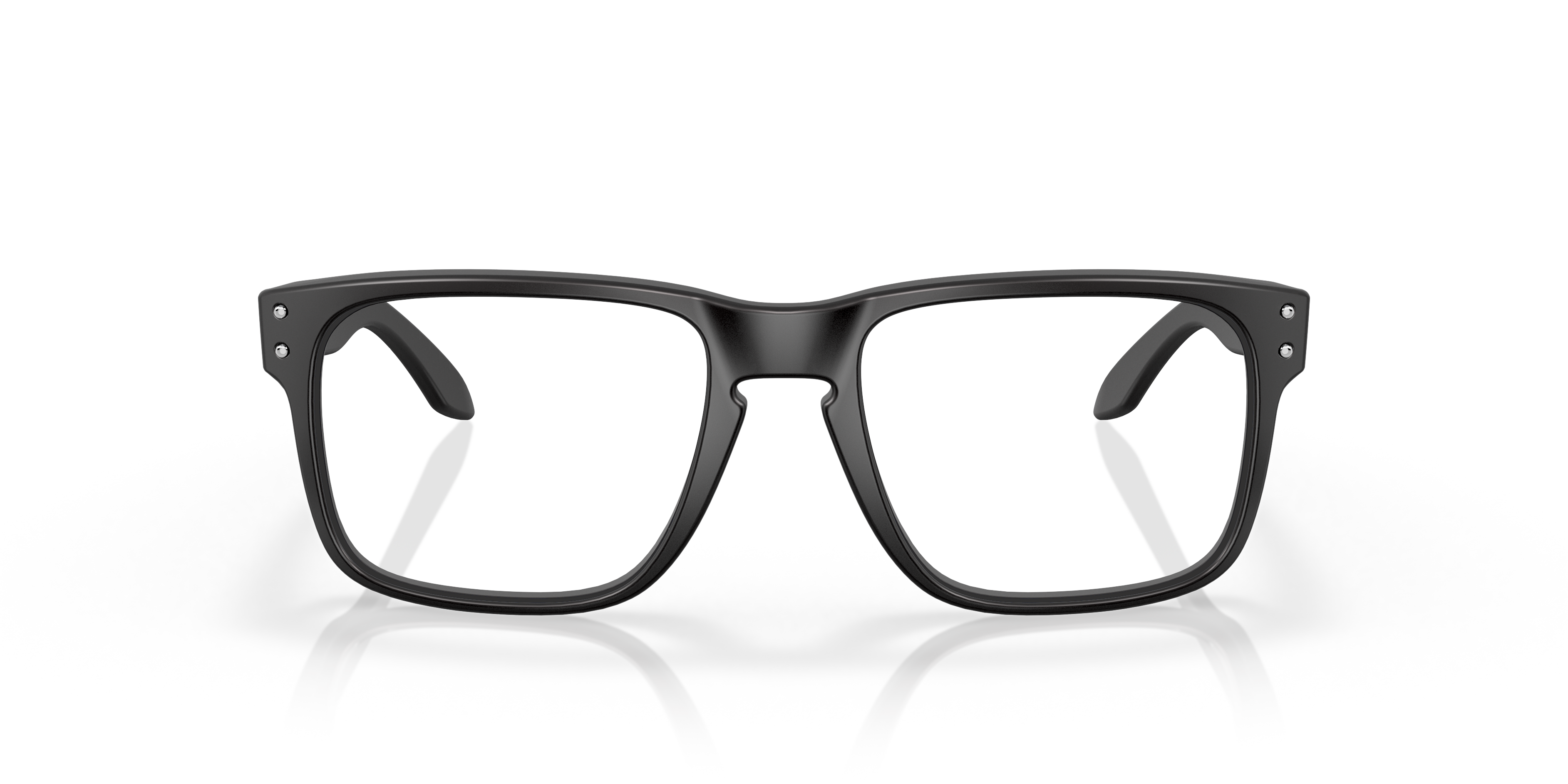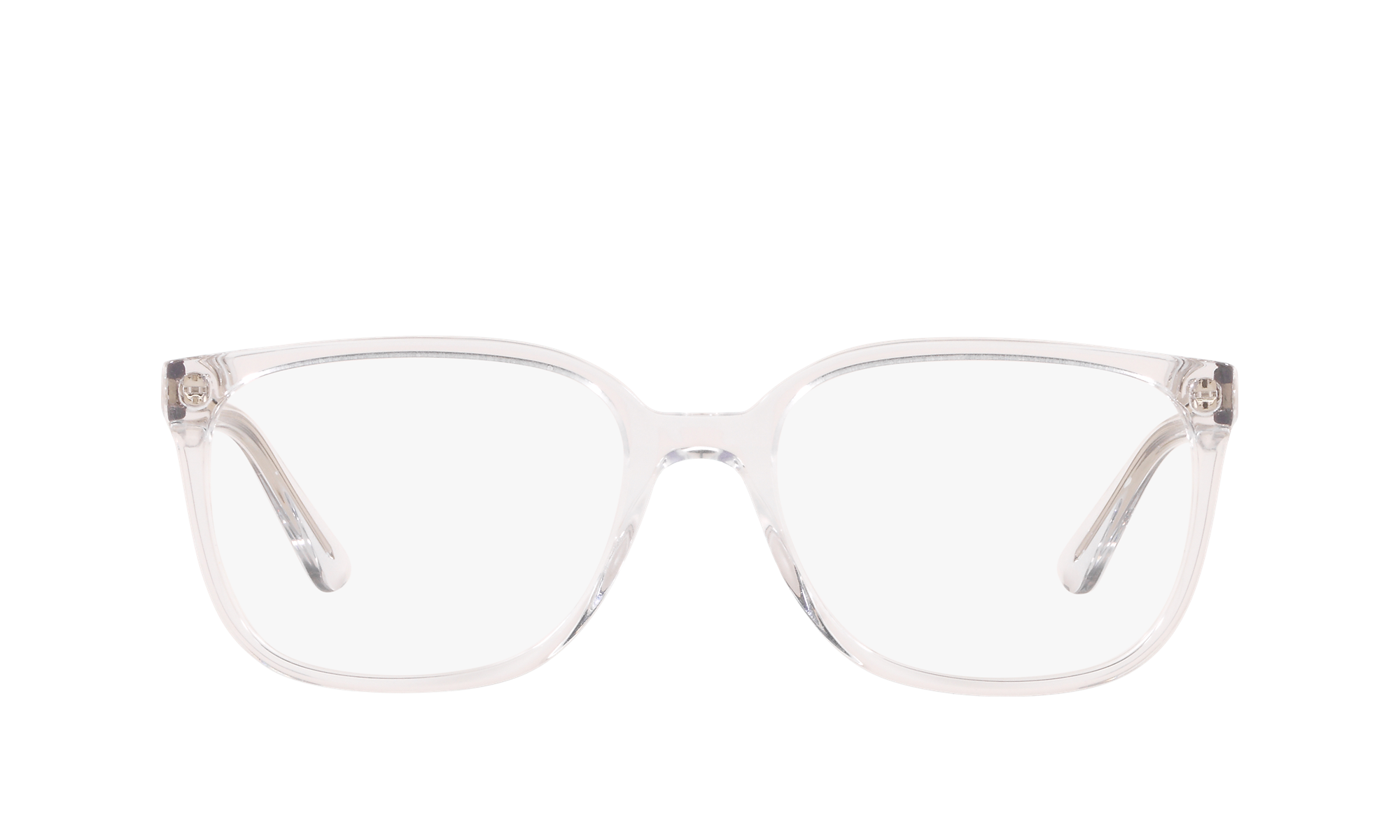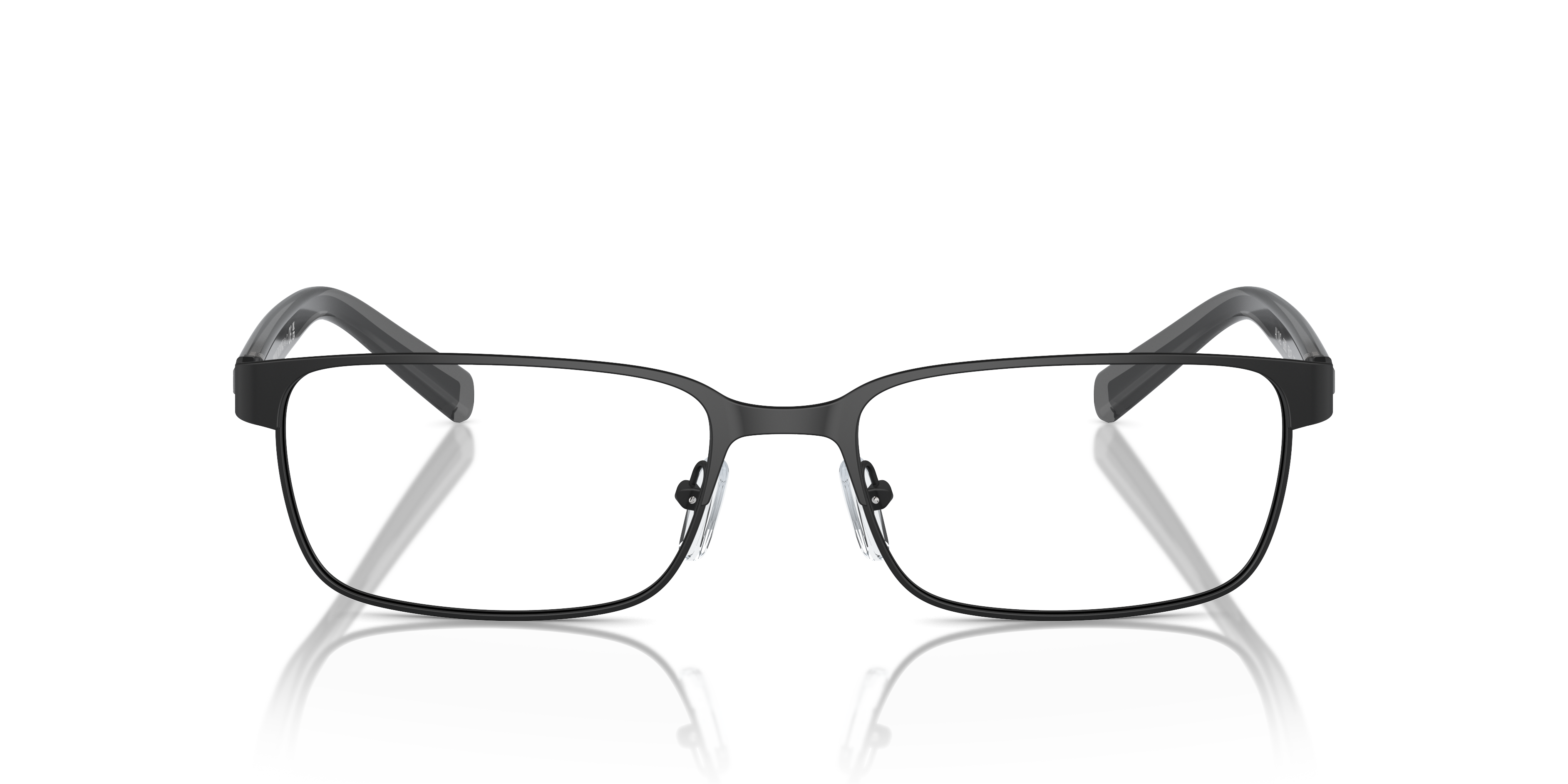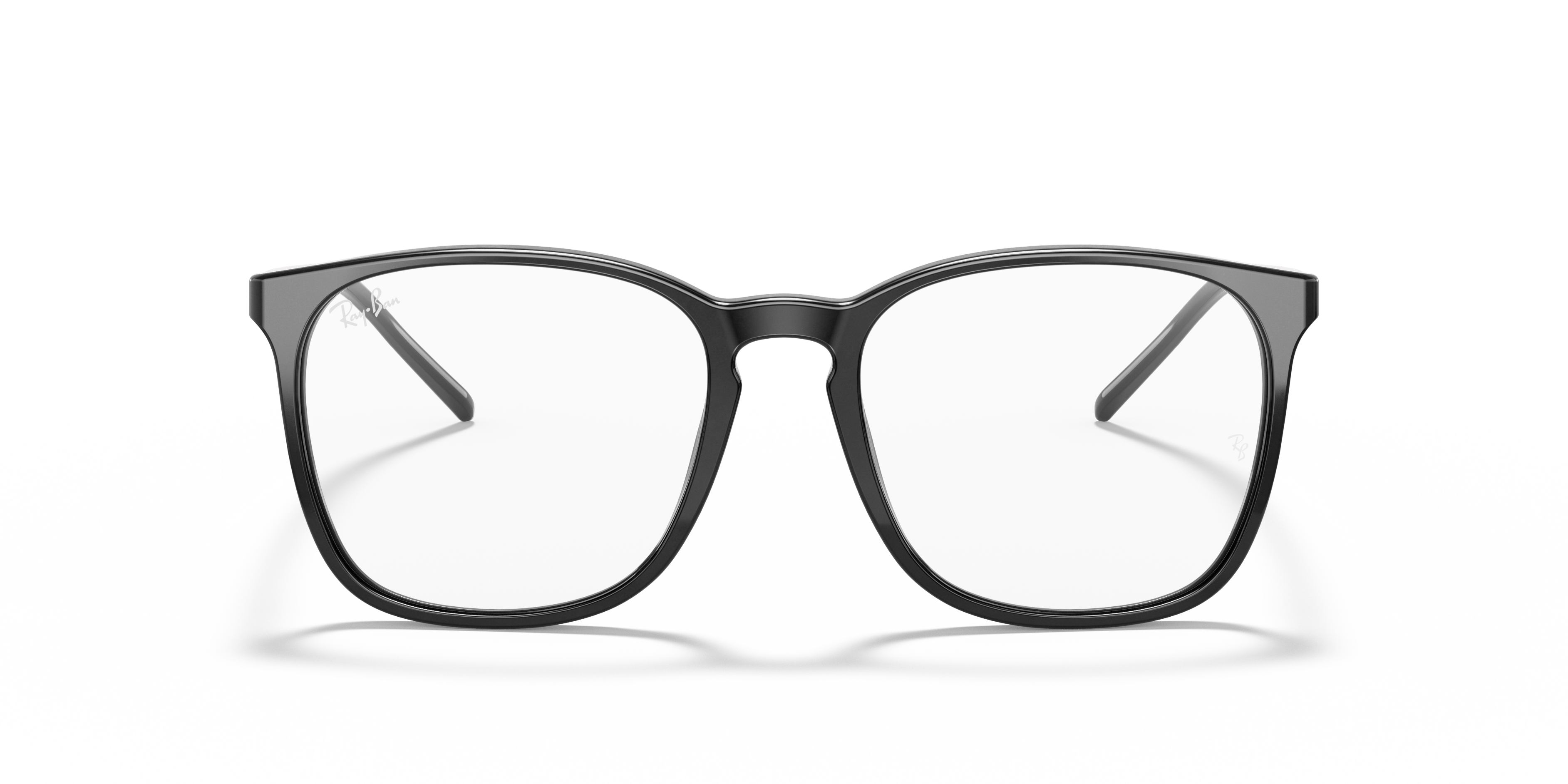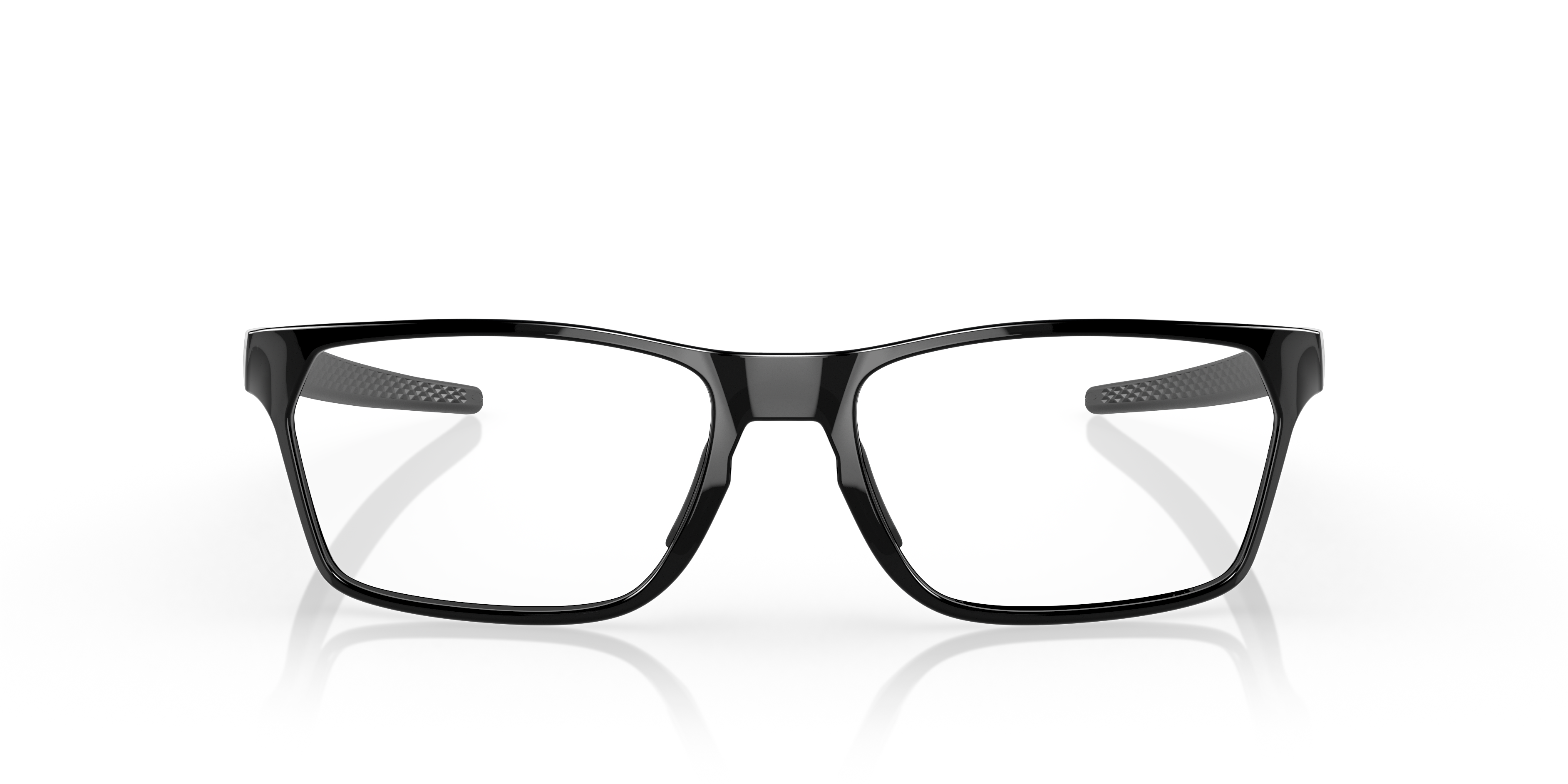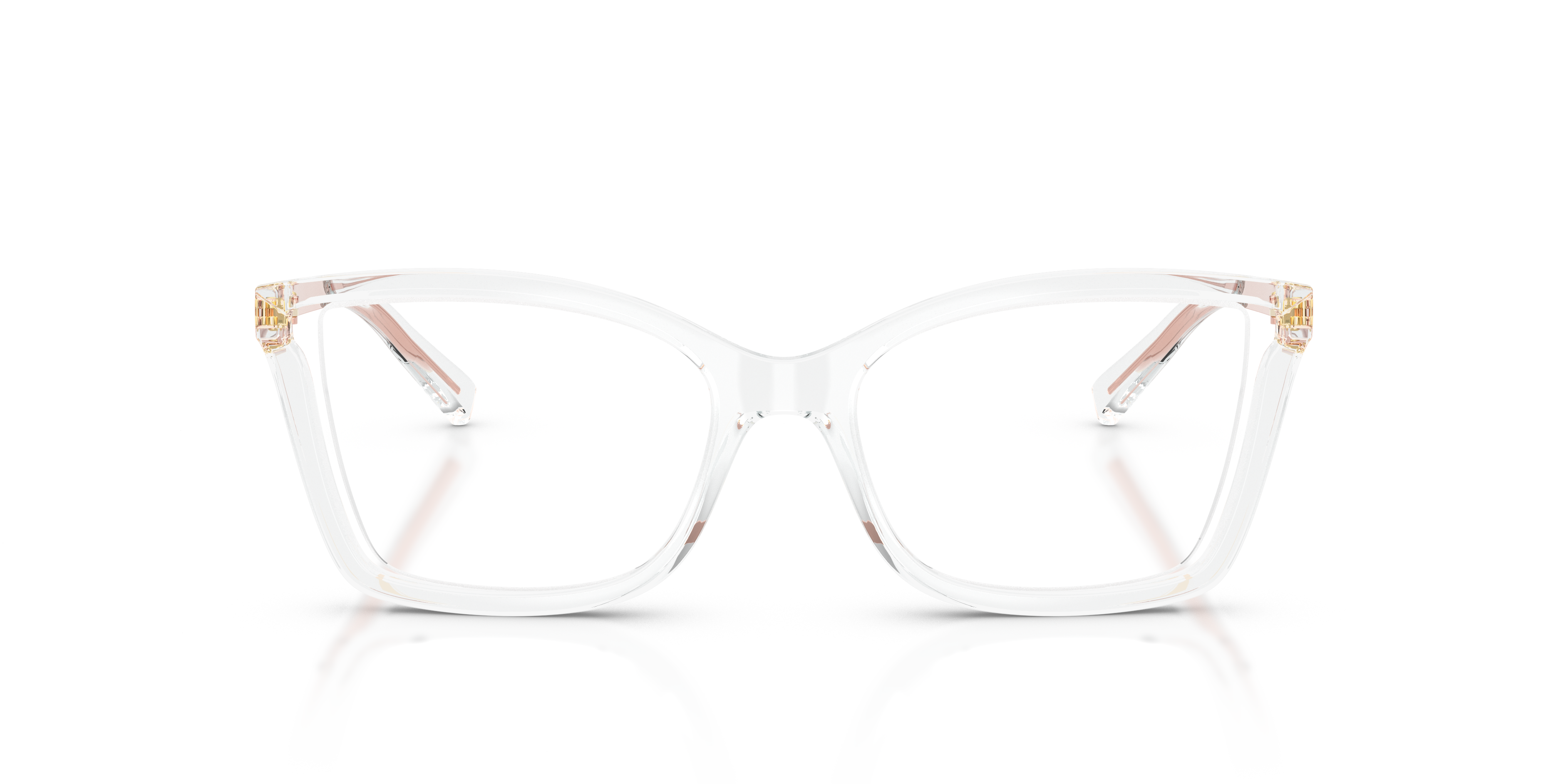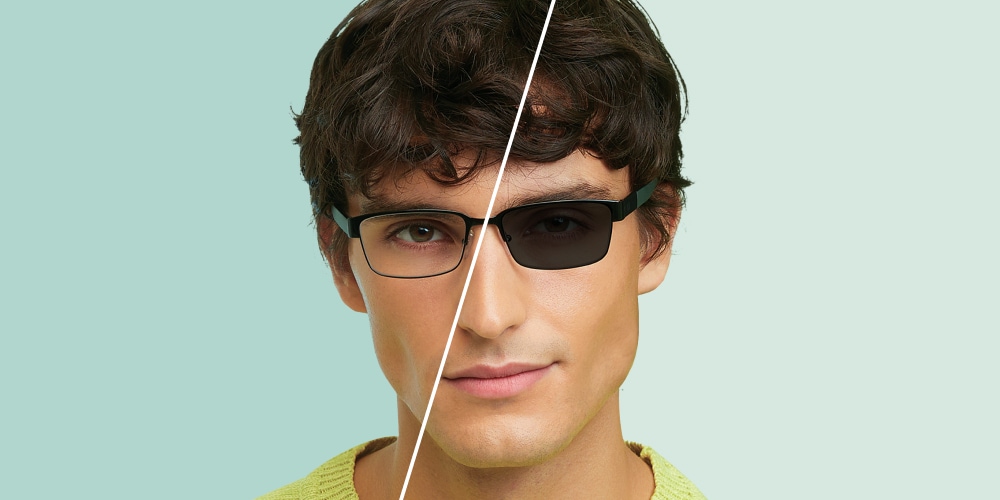
Many people experience light sensitivity (photophobia). Although it’s only a mild discomfort for some, it can be quite painful for others. Migraine headaches, eye conditions, and other underlying health concerns can cause severe photophobia.
The good news is that there are several options to treat photophobia. This includes special glasses, sometimes called photophobia glasses. Here’s an overview of what causes light sensitivity and what can be done to alleviate the symptoms.
What Is Photophobia?
Photophobia is a heightened sensitivity to light. A person with photophobia experiences discomfort when exposed to light. This can be natural light (sunlight) or artificial light, such as LED or fluorescent lights.
When you experience photophobia, you may have the urge to squint or close your eyes to shield them from uncomfortable brightness. Some people may also experience pain or headaches.
What Causes Photophobia?
Many underlying issues can cause symptoms of photophobia. Certain medical conditions may cause light sensitivity. It can also be caused by eye conditions and other factors, including:
- Conditions that can cause eye inflammation, such as iritis, uveitis and conjunctivitis
- Migraine headache
- Eye infection or injury
- Corneal abrasions or ulcers
- Contact lens issues such as overwear or poor fit
- Dilated pupils after tests during an eye exam
- Post-surgery recovery period
- Retinal diseases
- Concussion or traumatic brain injury
- Certain drugs and medications
Are There Glasses for Light Sensitivity?
Yes, certain lens tints may reduce the discomfort caused by light sensitivity. Glasses for photophobia, or photophobia glasses, are designed to filter wavelengths of light in the blue and green color range.
A reddish, boysenberry-colored lens tint, known as FL-41 (fluorescent-41), was developed by Dr. Arnold Wilkins in the 1990s. This tint filters certain wavelengths of light given off by fluorescent lights.
During its development, a study was conducted to test the lenses. Children who experienced migraines were given FL-41-filtered glasses to wear for a period of time. The researchers found that the lenses reduced symptoms of light sensitivity. The frequency and intensity of migraines also decreased with consistent use.
FL-41 has since been used to relieve symptoms of migraine and light sensitivity. Some individuals find that it decreases their symptoms of nausea and dizziness as well.
More recent studies show that FL-41-tinted glasses may ease symptoms of blepharospasm. (This is the uncontrollable blinking or twitching of the eyelids.) Other research has found that FL-41 lenses may sometimes provide relief to people who experience light-triggered seizures.
It is important to note that if you are experiencing severe photophobia or other symptoms, it is essential to consult a doctor.
Are Photochromic Lenses an Option for Light Sensitivity Glasses?
Photochromic (Transitions) lensesare light-adaptive. This means they darken automatically when you move from an indoor setting into bright sunlight. When you re-enter an indoor environment, the lenses fade back to clear.
Transitions are a great option for photophobia glasses because they can help reduce harsh glare from indoor and outdoor lighting within a single pair of frames. This makes it much easier to manage your symptoms as you move between different lighting conditions.
Additional Treatment for Photophobia
Aside from light-diffusing glasses, there are several ways you can relieve light sensitivity. These additional tips can help you manage discomfort from bright lights:
- Dim the lights when you’re indoors.
- Change light bulbs in your home to less bright ones.
- Limit screen time and take regular breaks when using digital screens for long periods of time.
- Wear sunglasses with dark lenses and 100% UV protection.
- Wear a hat or visor to reduce glare.
- Try not to look at pavement and water when you’re outside. These surfaces can reflect bright light back into your eyes.
- Consider polarized sunglassesfor outdoor activities. Polarized lenses help reduce glare from reflective surfaces like water, pavement, and snow.
If you find yourself suffering from heightened light sensitivity or any other vision problems, schedule an eye exam. An eye doctor can evaluate your eye health, determine what’s causing the issue(s), and find the best treatment plan to relieve your symptoms.









